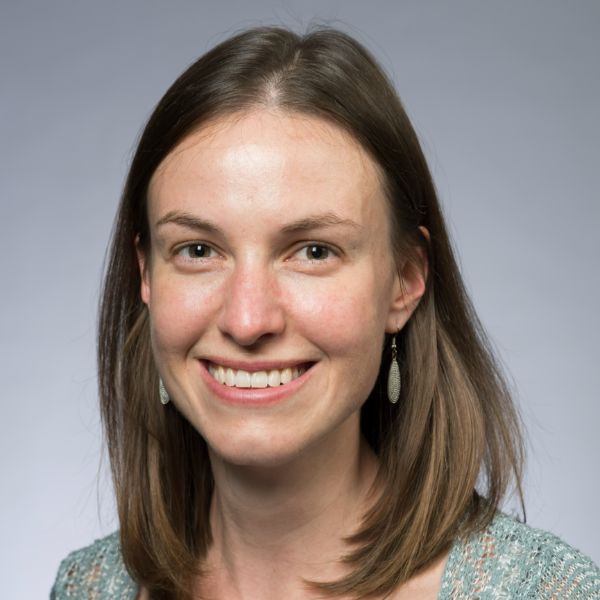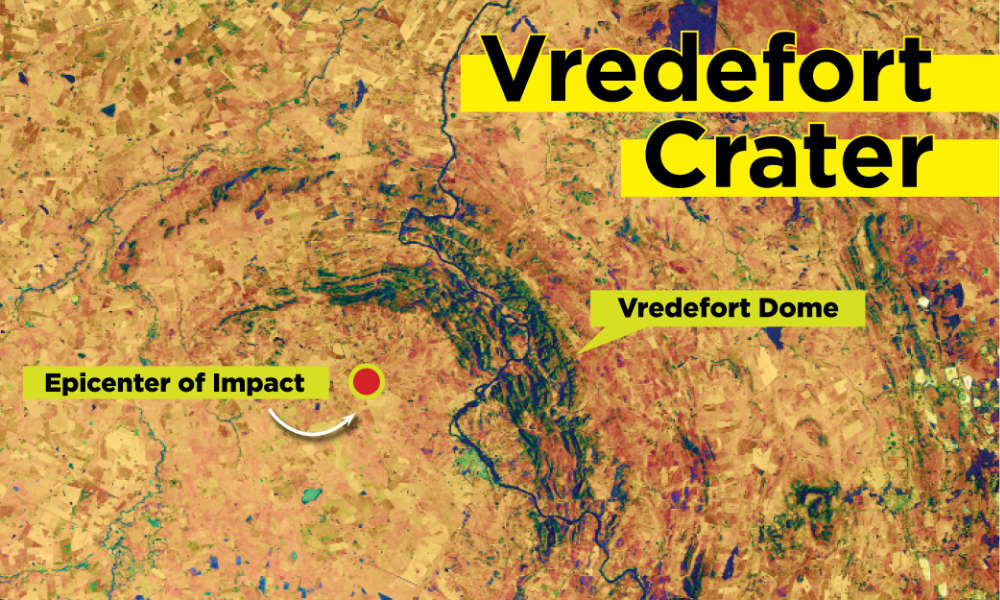
Asteroid that formed Vredefort crater bigger than previously thought
Researchers have provided a more accurate simulation of the impact that formed Earth’s largest crater two billion years ago.
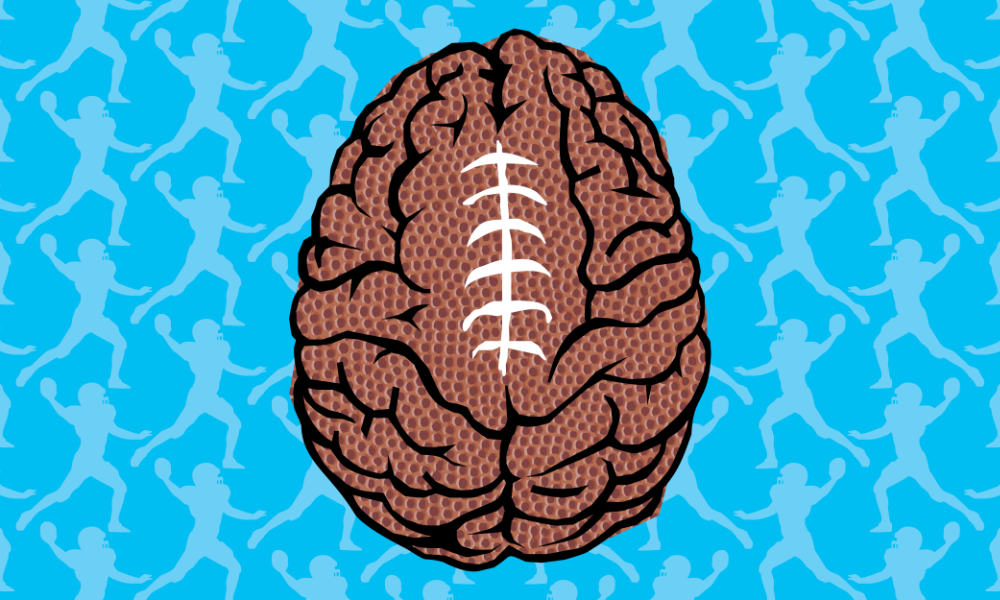
Brain’s cognitive bias dominates in fantasy sports
In fantasy sports, “your brain can twist and interpret fantasy results in ways that are suboptimal, lazy, and illogical,” explains scientist Renee Miller.
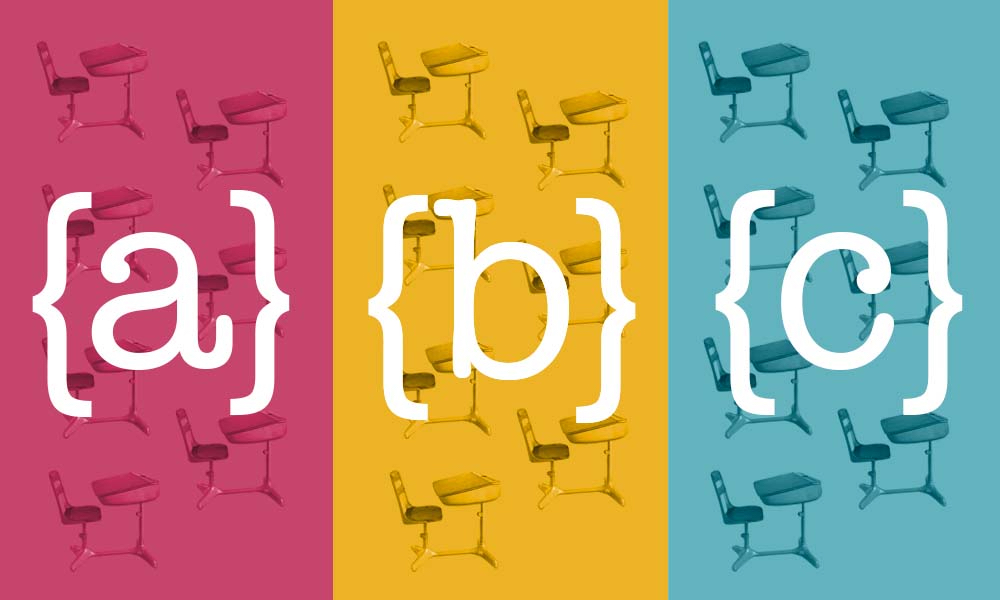
What is the best way to group students?
Rochester researchers have developed a new approach that uses math to determine the best ways to group individuals to maximize learning.
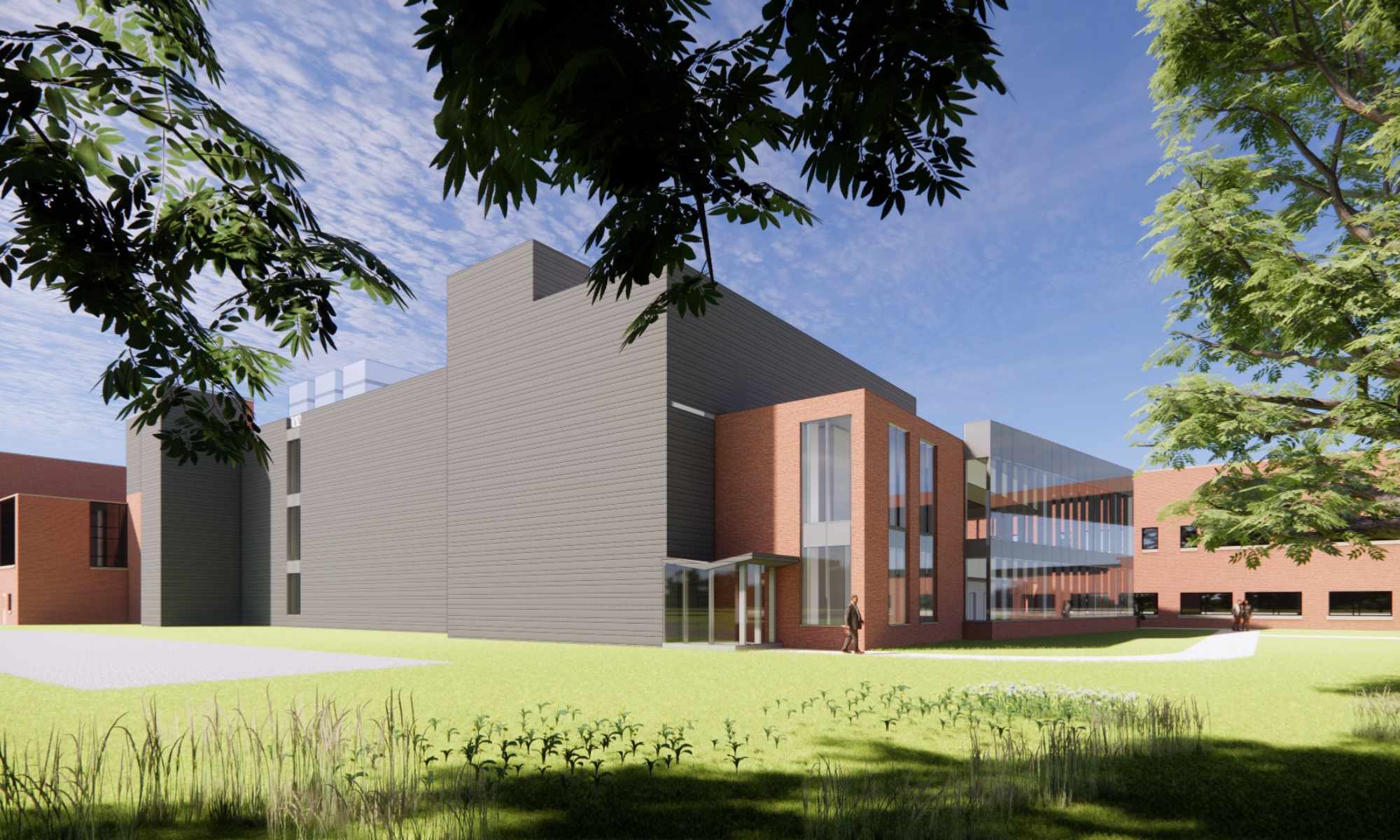
Construction begins on new Laser Lab expansion
The University of Rochester’s Laboratory for Laser Energetics has broken ground on a new $42 million, 66,000-square-foot expansion to house office and lab space.
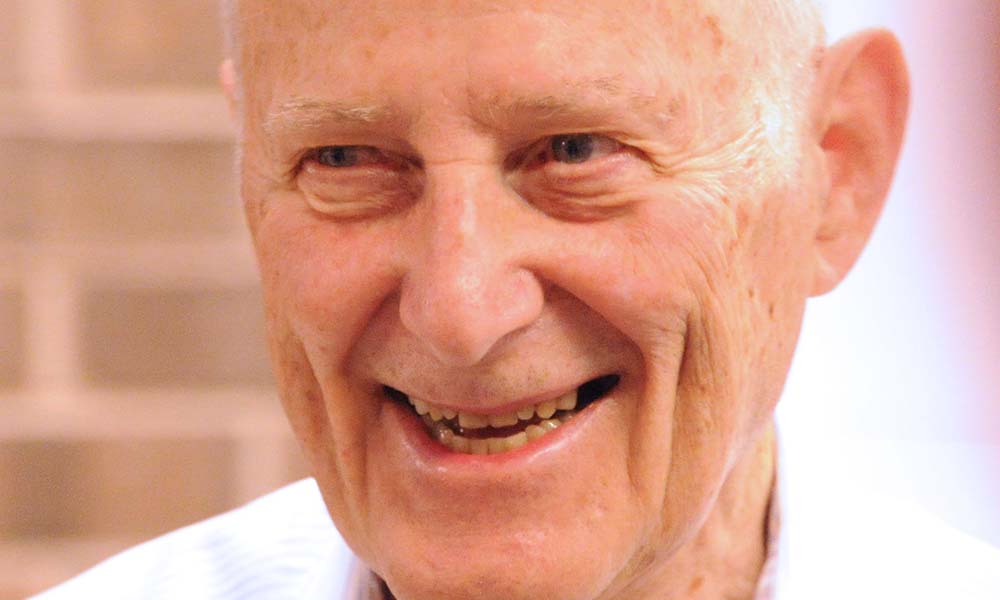
Adrian Melissinos remembered as a pathbreaking particle physicist, mentor
The long-time Rochester physics professor emeritus studied the mysteries surrounding dark matter and other phenomena in particle physics.
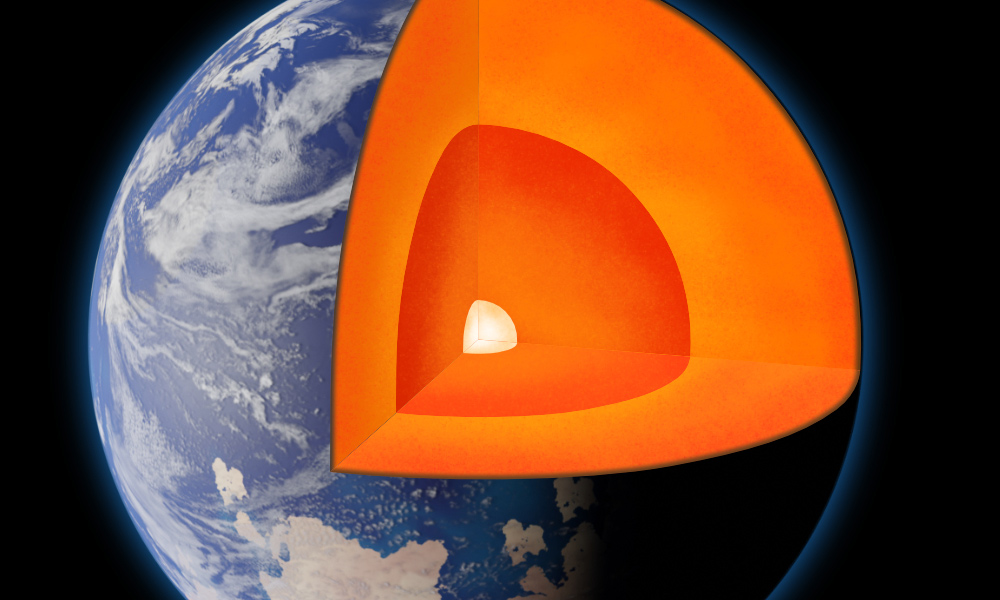
How did Earth avoid a Mars-like fate? Ancient rocks hold clues
New paleomagnetic research suggests Earth’s solid inner core formed 550 million years ago and restored our planet’s magnetic field.
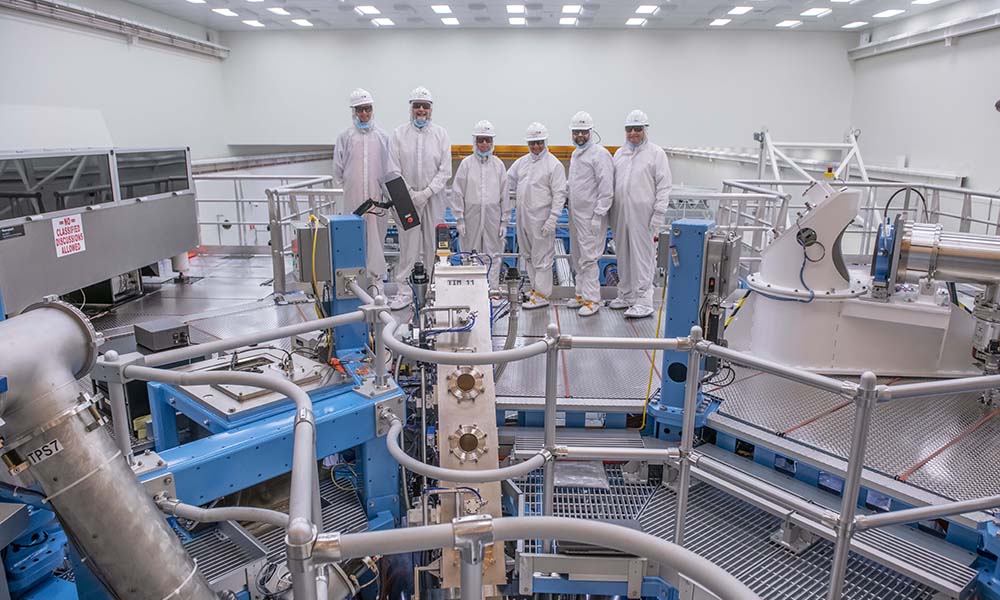
Federal government representatives tour the Laser Lab
Jill Hruby, undersecretary for nuclear security of the US Department of Energy (DOE) and administrator of the National Nuclear Security Administration (NNSA); US Rep. Joseph Morelle; and representatives from the offices of US Senators Charles Schumer and Kirsten Gillibrand visited the Laboratory for Laser Energetics to meet with researchers and students.
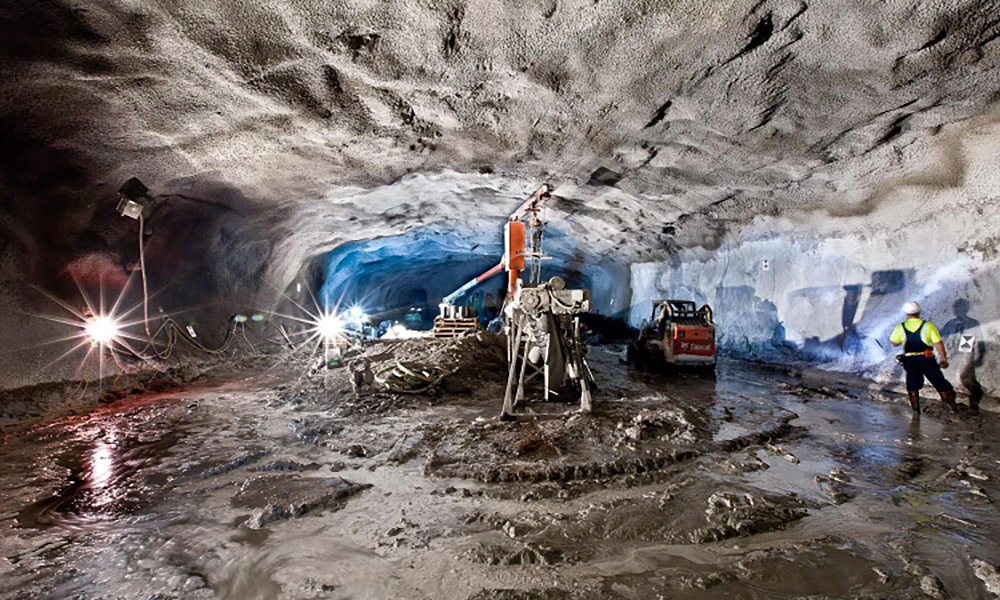
Dark matter mysteries unraveled by researchers in underground South Dakota mine
The digital electronics designed, developed, and installed by Rochester researchers are an integral part of the world’s most powerful dark matter detector, now in operation at the Sanford Underground Research Facility.
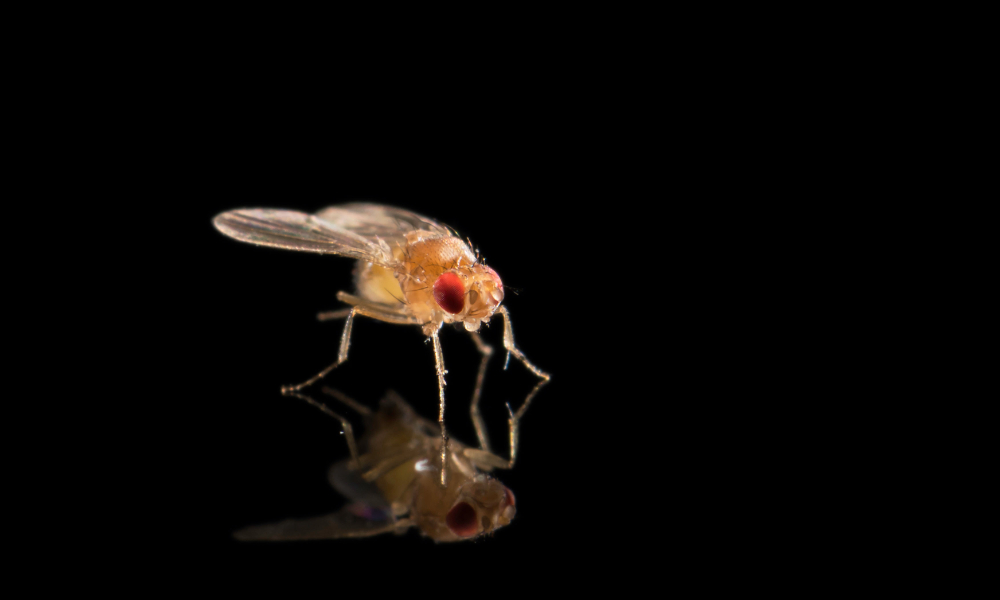
‘Supergene’ wreaks havoc in a genome
Rochester biologists have for the first time used population genomics to study a selfish ‘supergene’ known as Segregation Distorter (SD) that skews genetic inheritance.
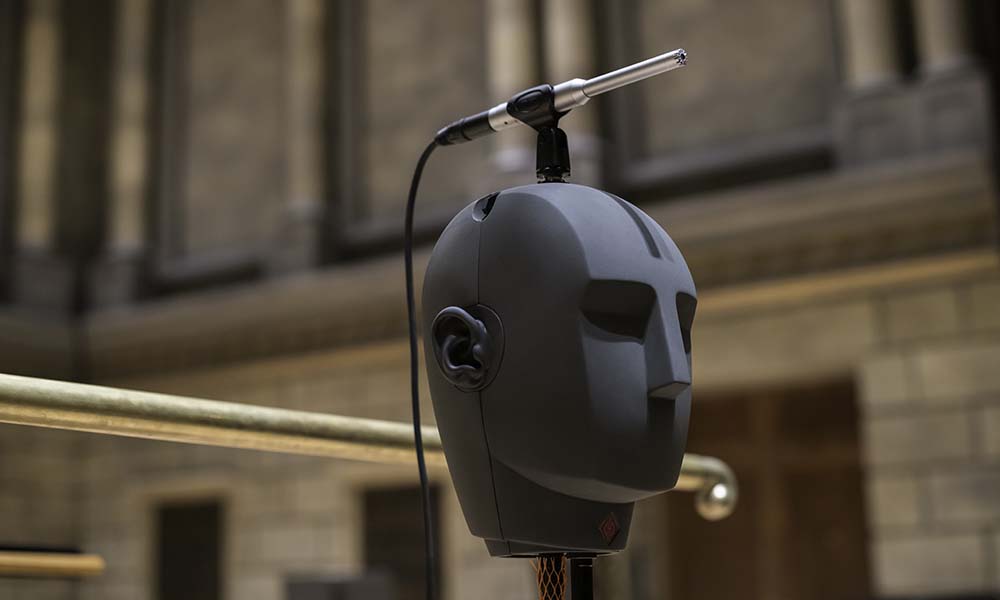
Sensory processing—in a virtual Kodak Hall
A multidisciplinary team from Arts, Sciences & Engineering and River Campus Libraries builds a virtual reality replica of Kodak Hall to be used in studies of how the brain processes light and sound.

